34 surprising facts about the world's money
lovemoney staff
18 December 2016
Cash facts

Shutterstock
Did you have any idea banknotes can play records, legal Pokémon coins actually exist and nickels are more expensive to mint than dimes? Blow your mind with our pick of weird and wonderful facts about money.
Pound sterling is the world's oldest currency still in use
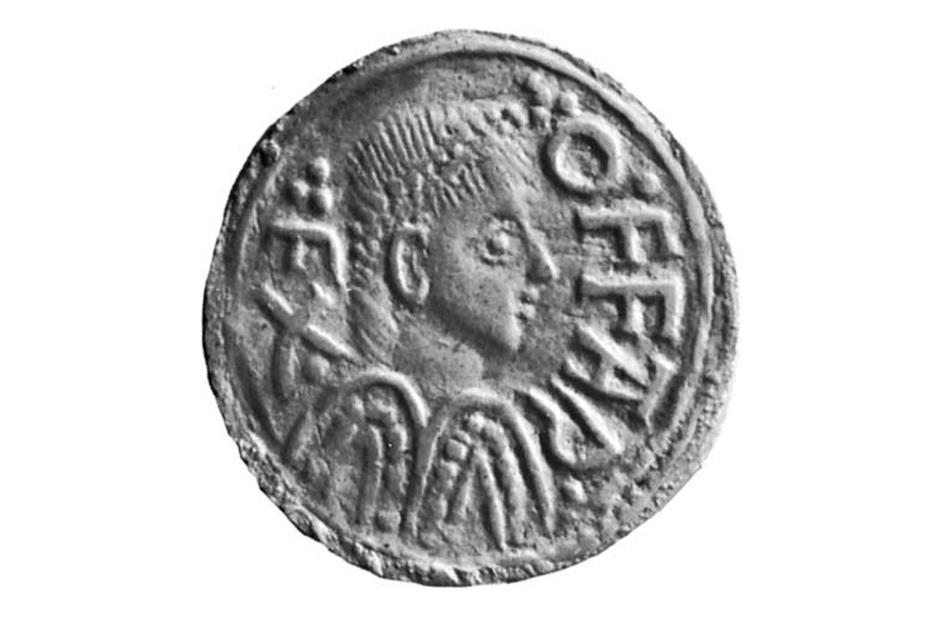
Courtesy of the National Portrait Gallery London
The UK's official unit of currency was introduced in the eighth century during the reign of Anglo Saxon King Offa of Mercia.
The US Bureau of Engraving and Printing will sell you $10,000 (£8450) for $45 (£38)
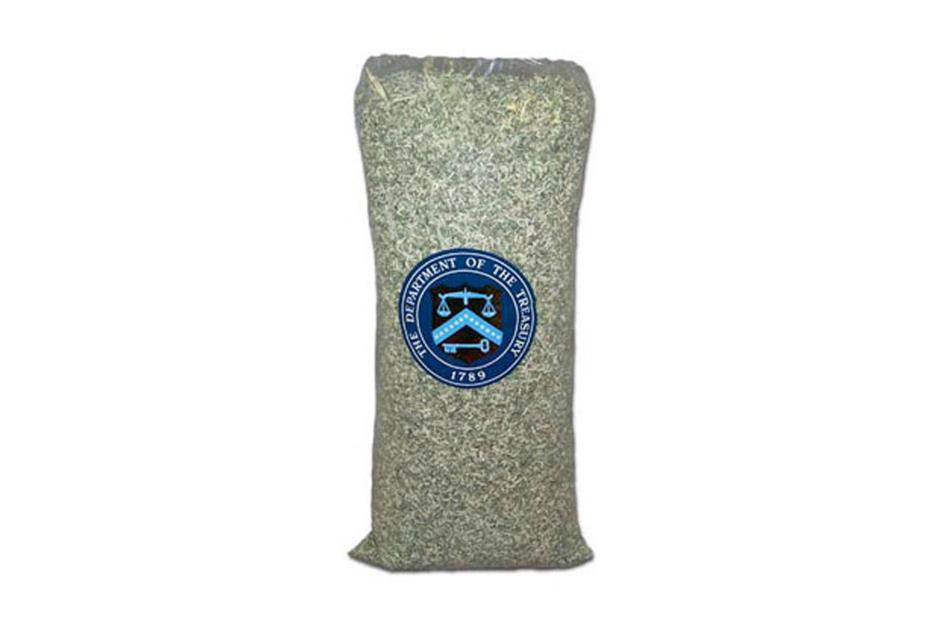
US Bureau of Engraving and Printing
The only catch is the banknotes are shredded and have no monetary value. The bags of mangled money are available to purchase on the bureau's website.
The motto on the first US coin was “Mind Your Business”
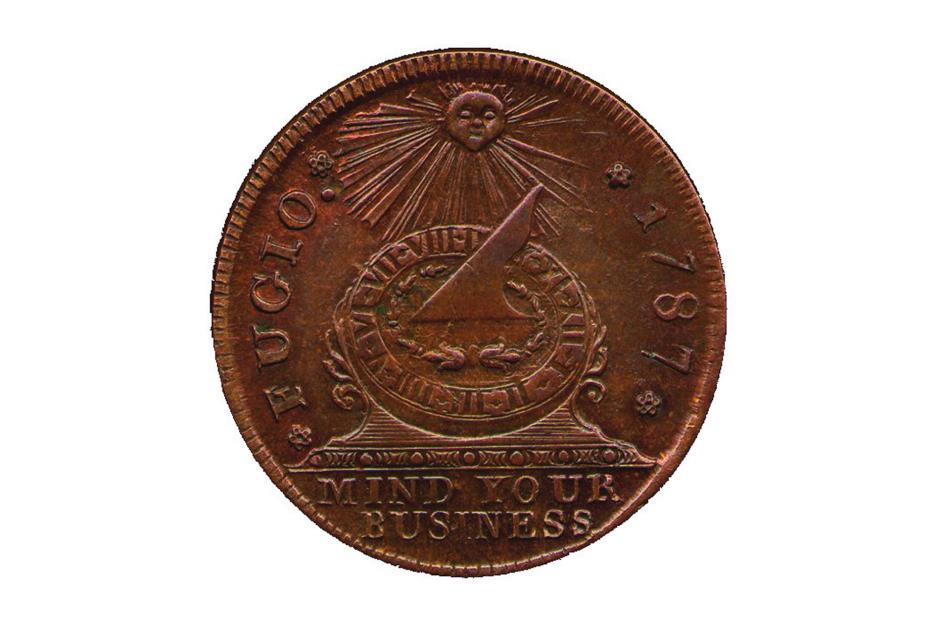
PD via Shii Wikipedia
This wise piece of advice featured on the first one cent 'Fugio' coin designed by Benjamin Franklin in 1787. The famous “In God We Trust” motto didn't appear on American coins until 1864.
UK coins can be combined to reveal a secret shield design
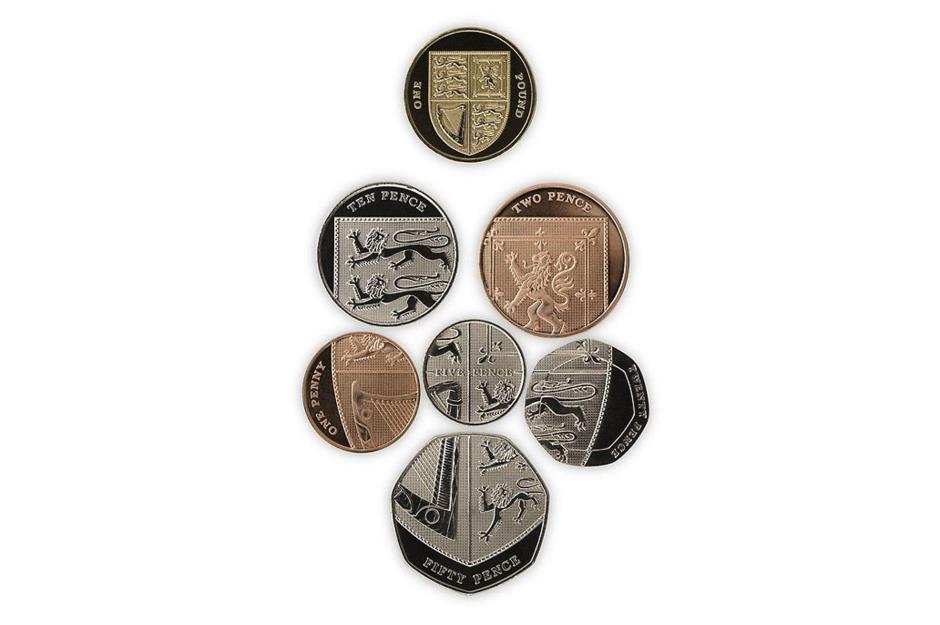
Courtesy Matthew Dent
You can arrange the newer 1p, 2p, 5p, 10p, 20p and 50p coins to reveal an esoteric shield design that mimics the coat of arms on the £1 coin. This clever feature was created by designer Matthew Dent in 2008.
Only 8% of the world's currency is in cash

Sergey Nivens/Shutterstock
The vast majority of the planet's currency exists in electronic form – banknotes and coins make up just 8% of the global total.
Global debt is now almost 3.4 times greater than the world's total stockpiles of money
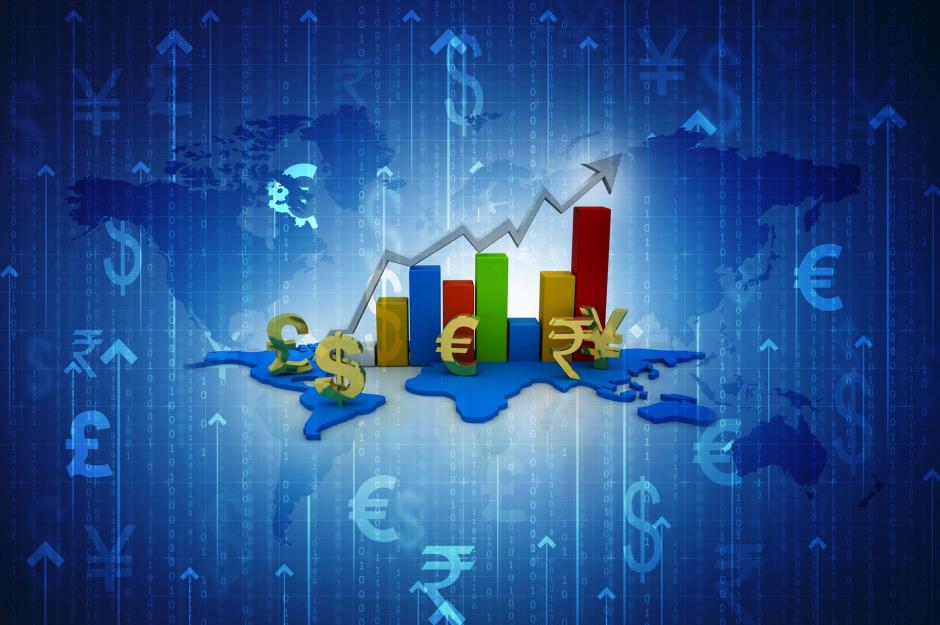
Ranjith Ravindran/Shutterstock
Total debt – the amount owed by every individual, organization and country on the planet – hit $305 trillion (£258.4trn) in 2022, but the world now has only US$ 40 trillion (£33.83trn) in physical money and money deposited in savings and checking accounts.
When you add in broad money, or 'any assets that can be converted into cash to buy goods and services' the amount rises to over $90 trillion (£76.1trn).
No trees are cut down to make our banknotes

Shutterstock
Zero trees are felled to produce our banknotes – non polymer banknotes are made from a cotton-linen mix and do not contain any wood pulp.
Star Wars, Pokémon and Frozen coins are legal tender on the island of Niue
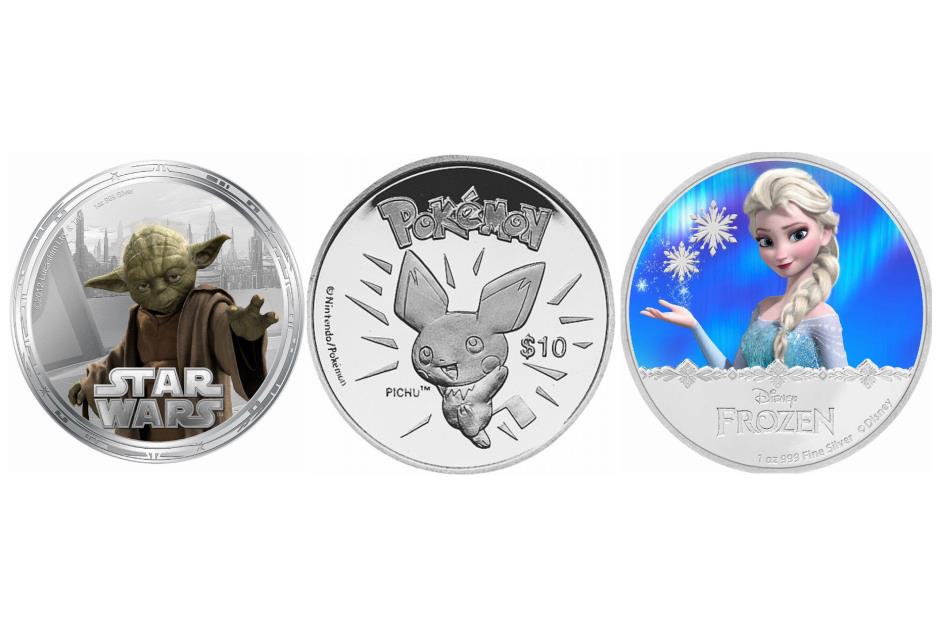
New Zealand Mint
The Polynesian island of Niue partners with the New Zealand Mint to produce the world's craziest legal tender coins, which commemorate everything from Stars Wars and Pokémon, to Disney's Frozen.
The new English £5 note can play vinyl records
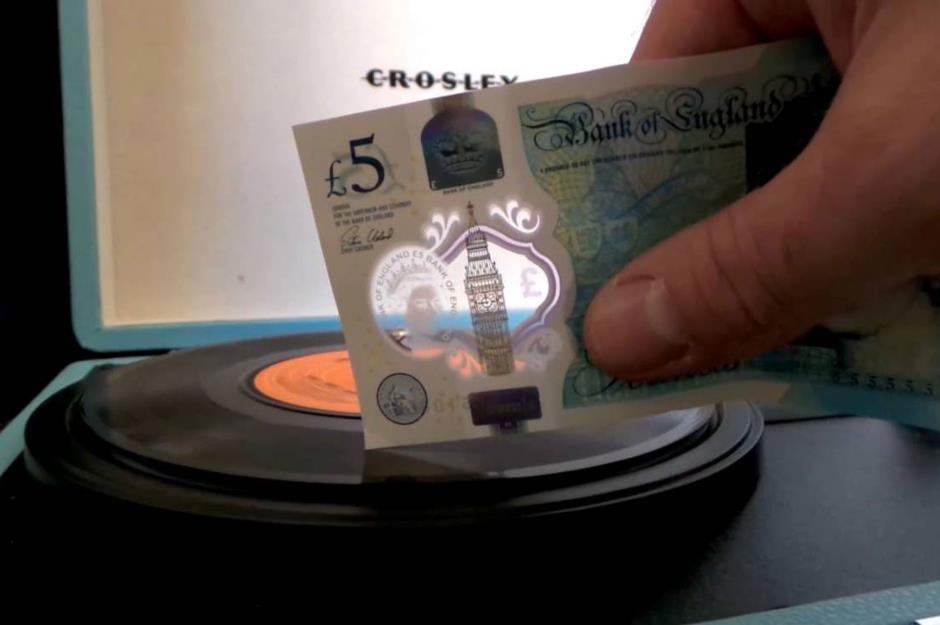
Courtesy Michael Ridge via YouTube
Michael Ridge, a sound artist from Norwich, England hit the headlines hen he posted a video on YouTube showing him playing a vinyl record with the new £5 note. The polymer edges on the new banknote, which are relatively sharp and firm, are able to get into the tiny grooves on vinyl records, creating sound much like a stylus needle.
The new Australian $5 bill can also play your vinyl collection
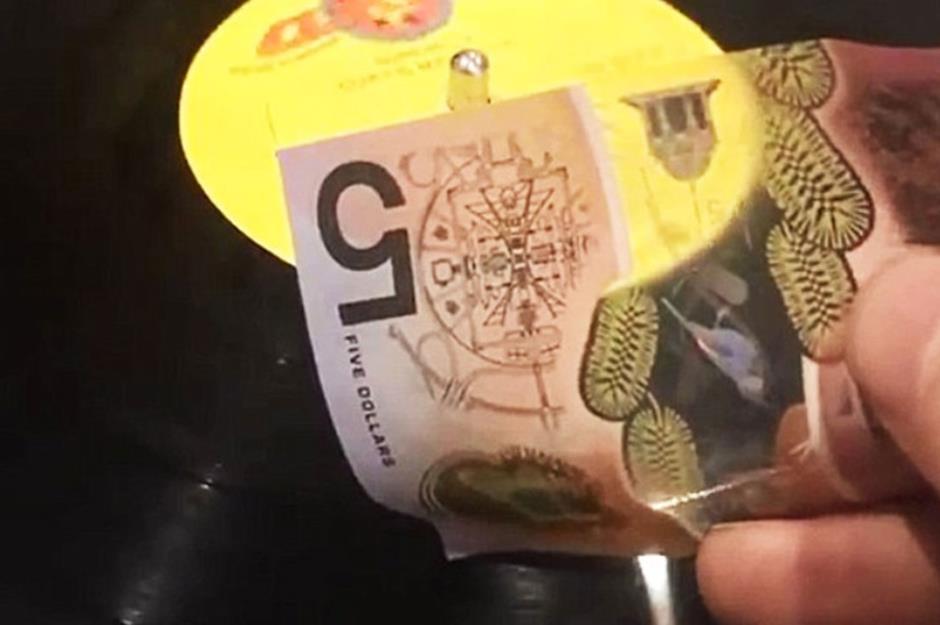
Courtesy Northside Records
In fact, any crisp new polymer note can be used to play a vinyl record. For instance, Melbourne record store Northside Records recently uploaded a video demonstrating the trick with the new Australian $5 bill.
The new English £5 note contains traces of animal fat
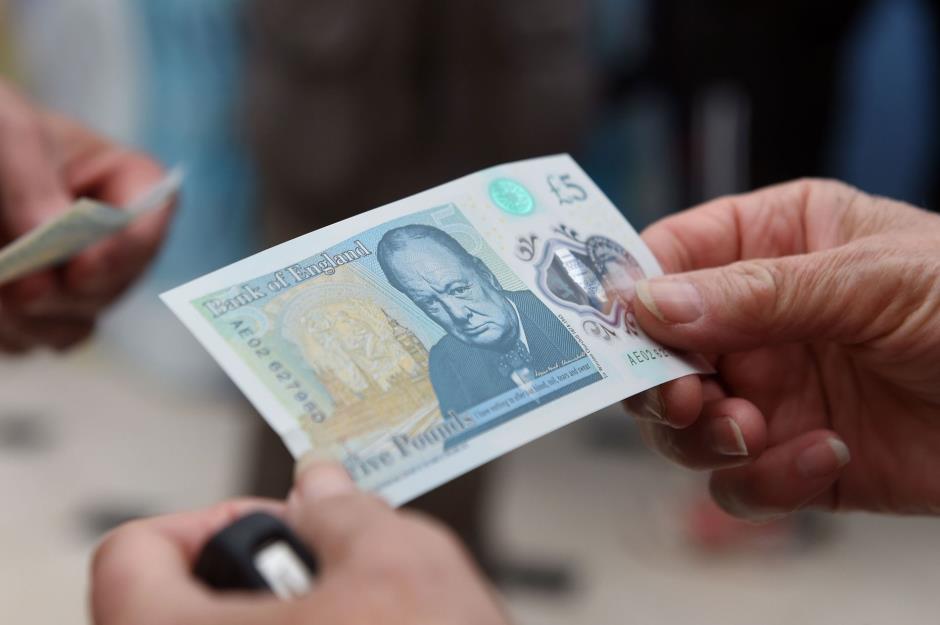
Joe Giddens/PA
To the ire of non meat-eaters, the Bank of England has revealed its new plastic £5 note contains beef tallow, which is used in minuscule amounts in the polymer-manufacturing process.
Australian and Canadian banknotes are also made with animal fat
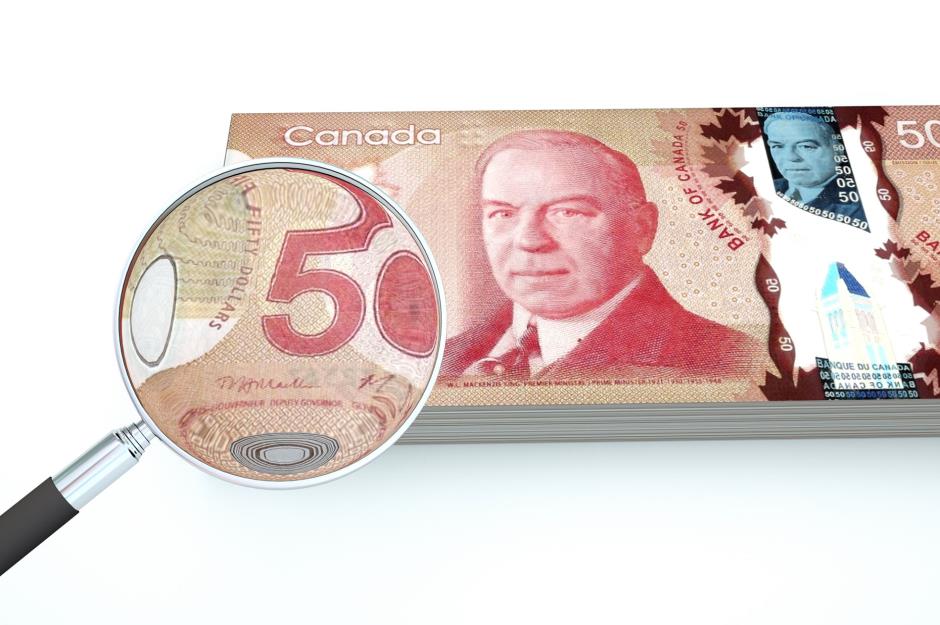
Shutterstock
The Reserve Bank of Australia and the Bank of Canada – which source the polymer for their notes from the same supplier as the Bank of England – have also admitted there are likely to be traces of meat in their money.
24 countries use tallow-containing polymer in their banknotes
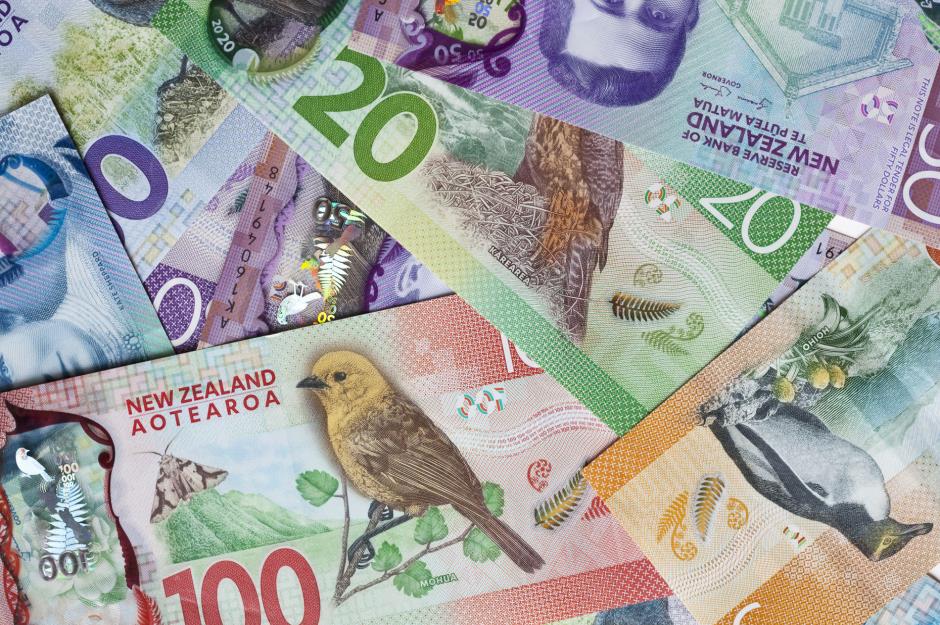
Jamie Farrant/Shutterstock
In fact, a total of 24 countries including New Zealand, Chile and Nigeria use the same polymer supplier, Innovia Security, and chances are their banknotes contain traces of animal fat too.
Each US penny costs more than double its face value to manufacture
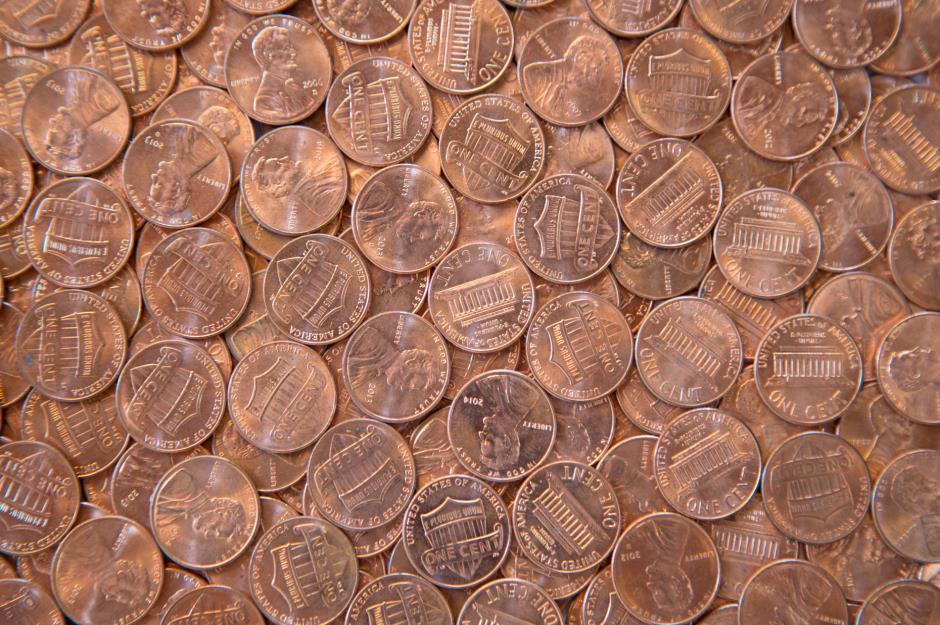
Fedor Selivanov/Shutterstock
Taking into account commodity prices, machinery costs, labor and so on, each US penny costs around 2.1 cents to make, more than double its face value.
Nickels are more expensive to produce than dimes
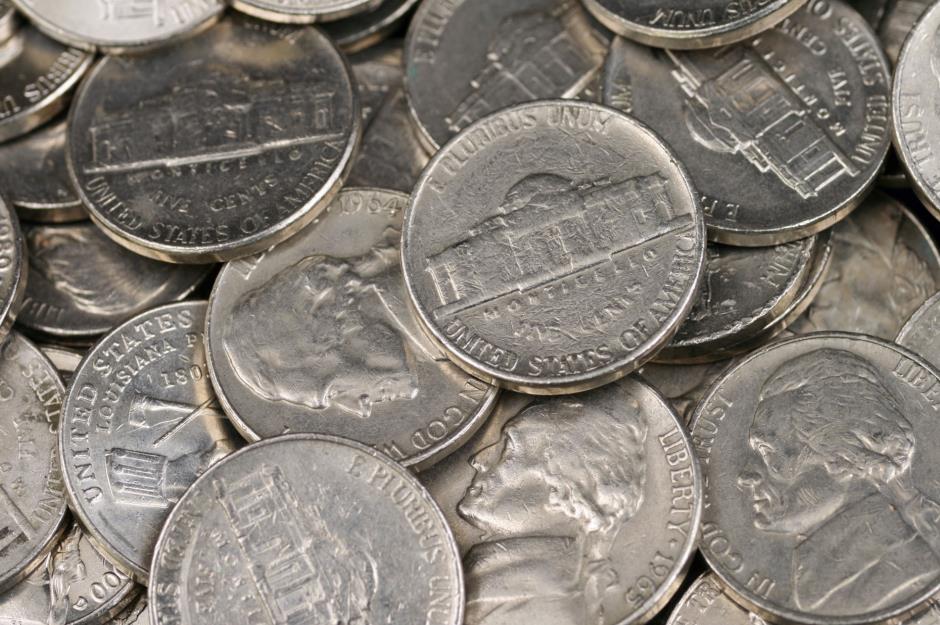
Shutterstock
Although a nickel is worth half a dime, the five cent coin is more expensive to manufacture – it costs the US Mint 11.18 cents to produce a nickel and just 5.65 cents to mint a dime.
A $1 bill lasts just 18 months
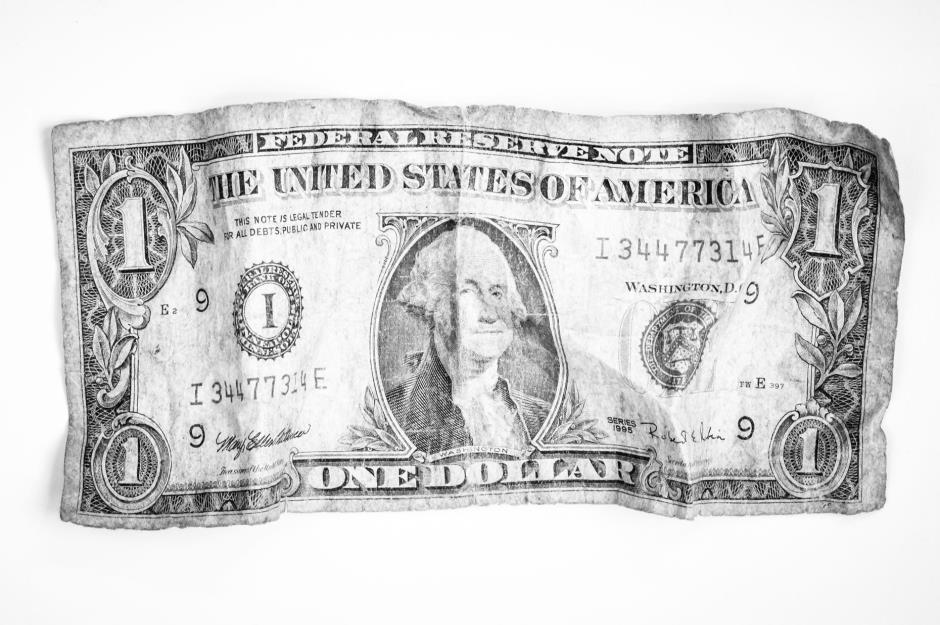
Wara 1982/Shutterstock
While coins can stay in circulation for up to 30 years or longer, US banknotes have a much shorter lifespan, from just 18 months for the average $1 bill, to nine years for $50 and $100 banknotes.
The US Bureau of Engraving and Printing uses 9.7 tons of ink a day
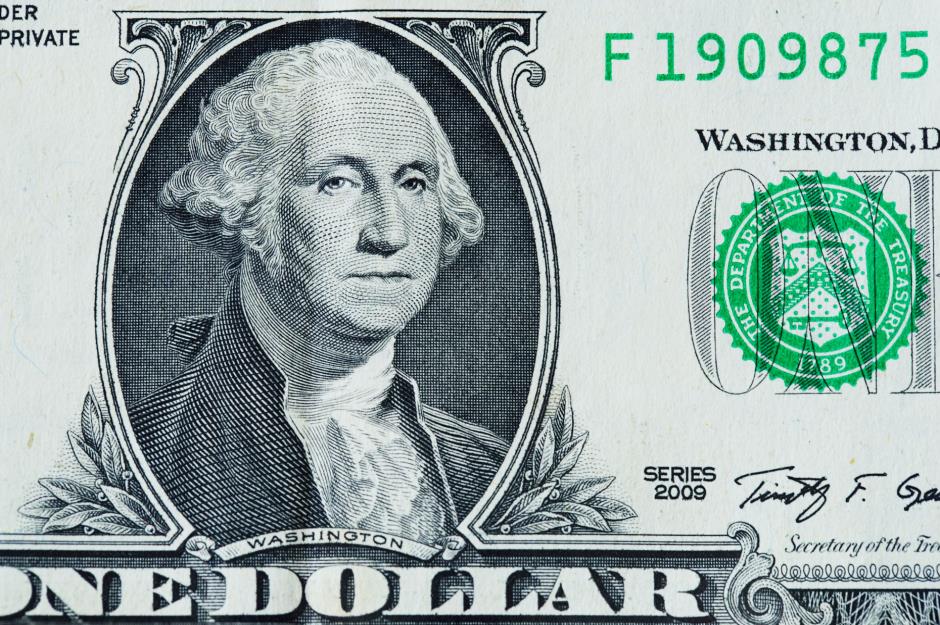
Sanit Fuangnakhon/Shutterstock
The US Bureau of Engraving and Printing goes through 9.7 tons of ink a day. The special green color-shifting ink is manufactured according to a top secret formula.
Most banknotes contain traces of cocaine

Victoria 1/Shutterstock
Study after study has shown that most banknotes are contaminated with cocaine. Test results suggest all UK banknotes acquire traces of cocaine within weeks of entering circulation, and up to 90% of dollar bills are tainted with the drug.
The average European banknote is home to 26,000 colonies of bacteria
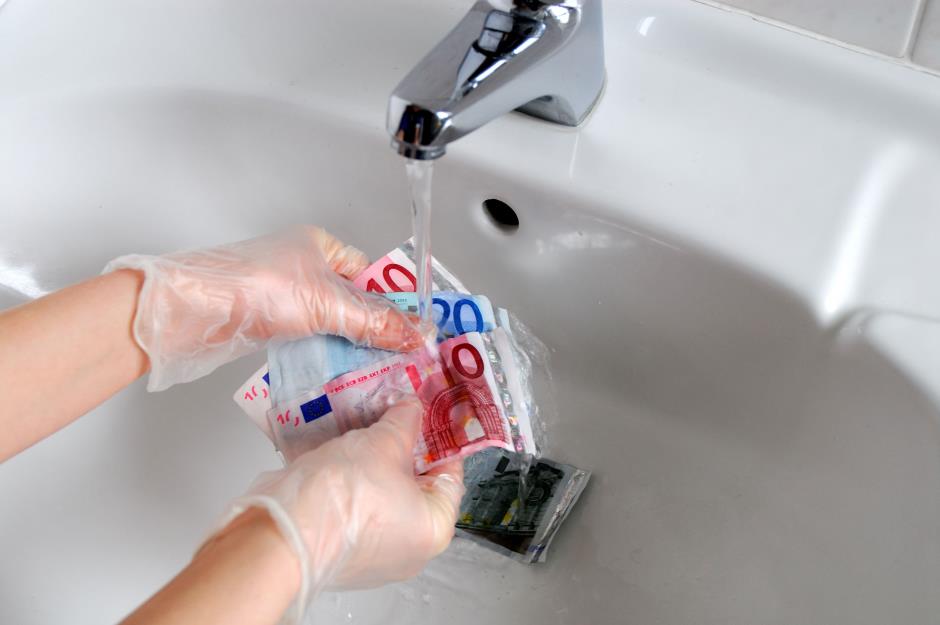
Philip Lange/Shutterstock
A recent Oxford University study found that the average European banknote contains 26,000 bacterial colonies, including virulent strains such as E.coli and salmonella.
There are more germs on a £1 coin than a toilet seat
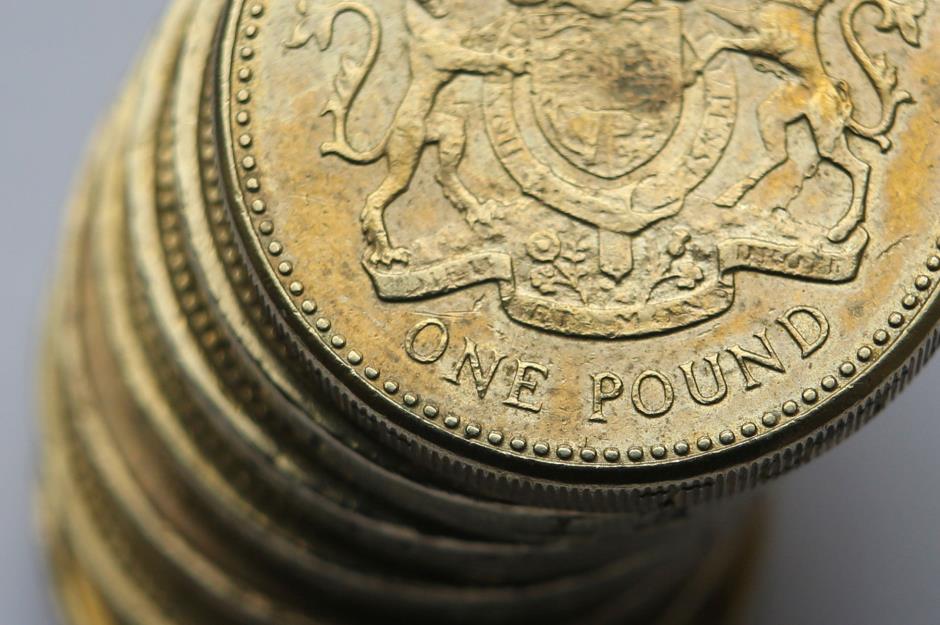
Matt Cardy/Getty
The same study discovered that the average £1 coin in circulation harbors more bacteria and viruses than a regularly-cleaned toilet seat.
Most dollar bills are teeming with bacteria
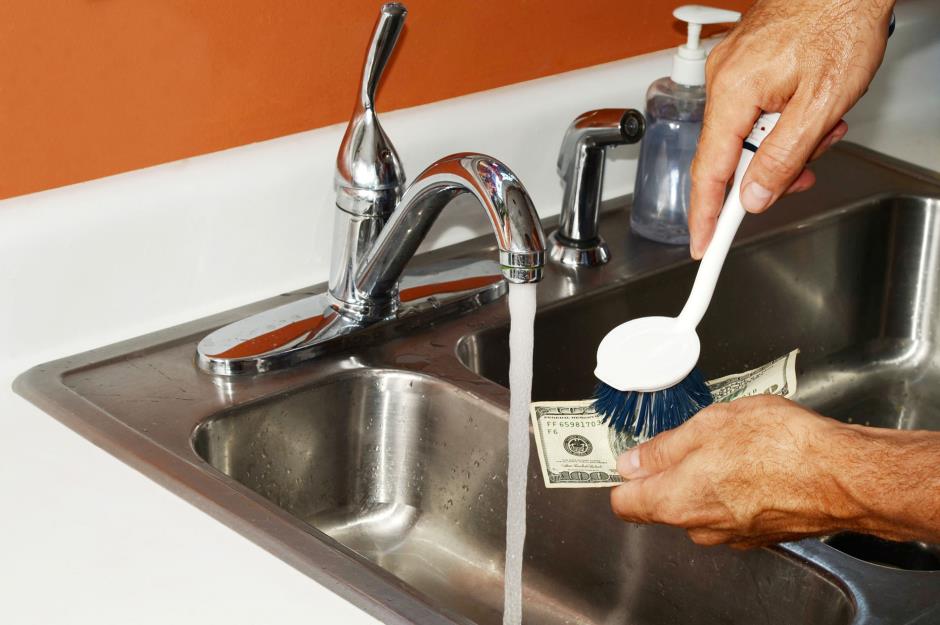
Black Rock Digital/Shutterstock
Similarly, tests show that 94% of dollar bills are contaminated with bacteria, 7% of which are potentially harmful, and scientists at New York University have even found traces of anthrax on US banknotes.
Polymer banknotes are three times cleaner than regular bills
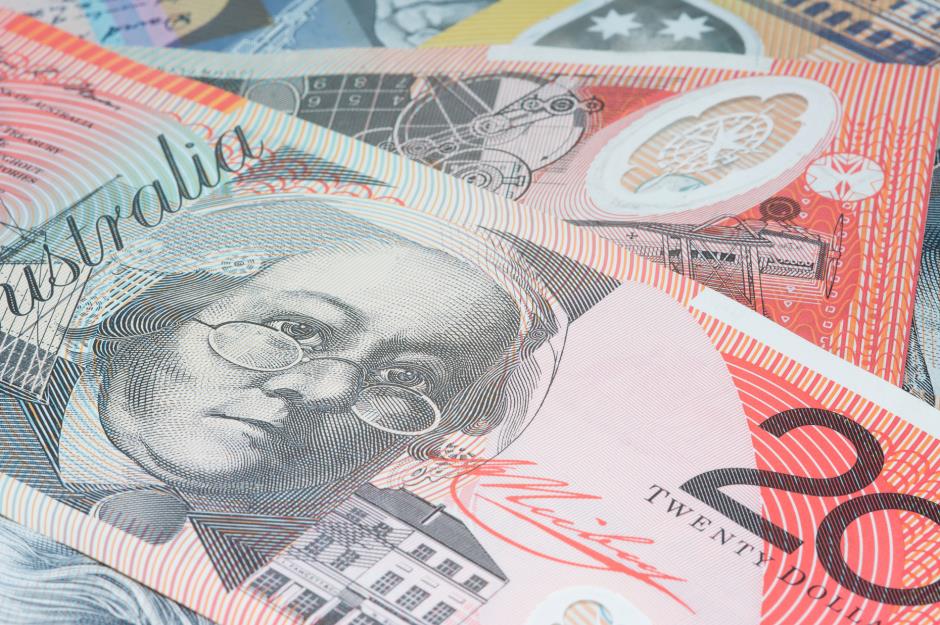
Shutterstock
Research from Harper Adams University in the UK indicates that plastic banknotes are three times more hygienic than regular cotton-based 'paper' bills and home to fewer bacterial colonies.
More Monopoly money is printed in the US than real cash
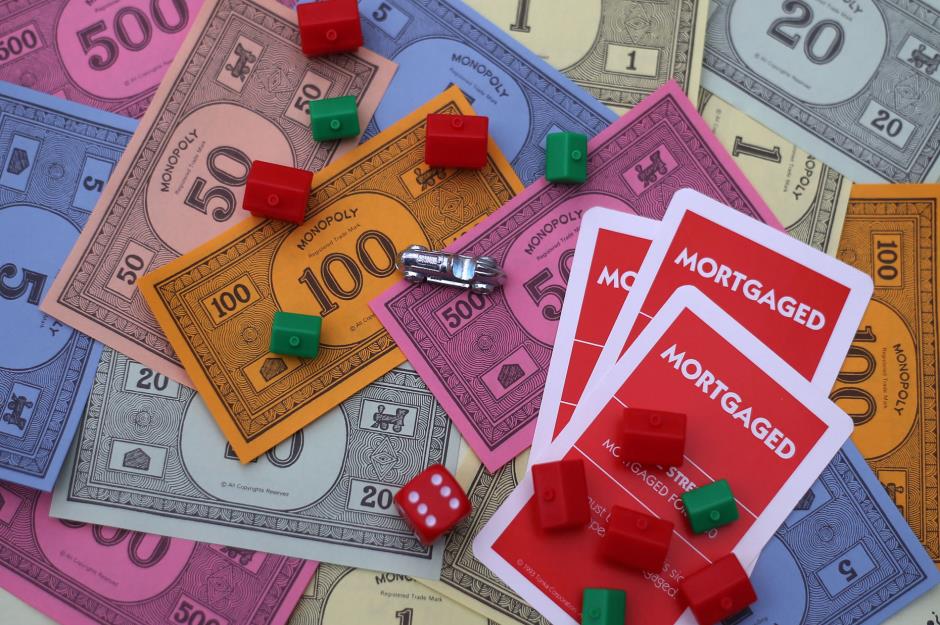
Lynne Cameron/PA
The US Mint prints an estimated $974 million (£775m) annually, says CNBC, while Hasbro, the company that produces the popular game, churns out a humongous $30 billion (£24bn) in Monopoly money every year.
Pocahontas was the first woman to grace US dollar bills

Courtesy US Dollar Bills
The Native American heroine appeared on the $20 bill during the 1860s. The last woman to feature on a US banknote was the first First Lady Martha Washington in the 1890s.
Harriet Tubman will be the first woman to appear on a US banknote in over a hundred years
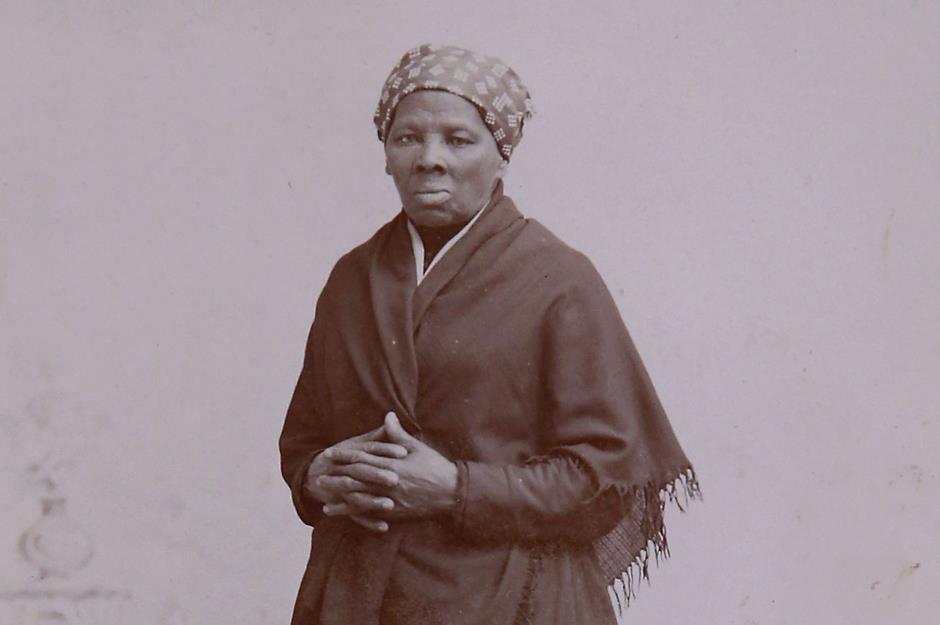
Chip Somodevilla/Getty
A portrait of anti-slavery activist Harriet Tubman will feature on the new $10 bill, which will enter circulation in 2020. Tubman will be the first African-American to appear on a US banknote.
Queen Elizabeth II features on the most coins and banknotes
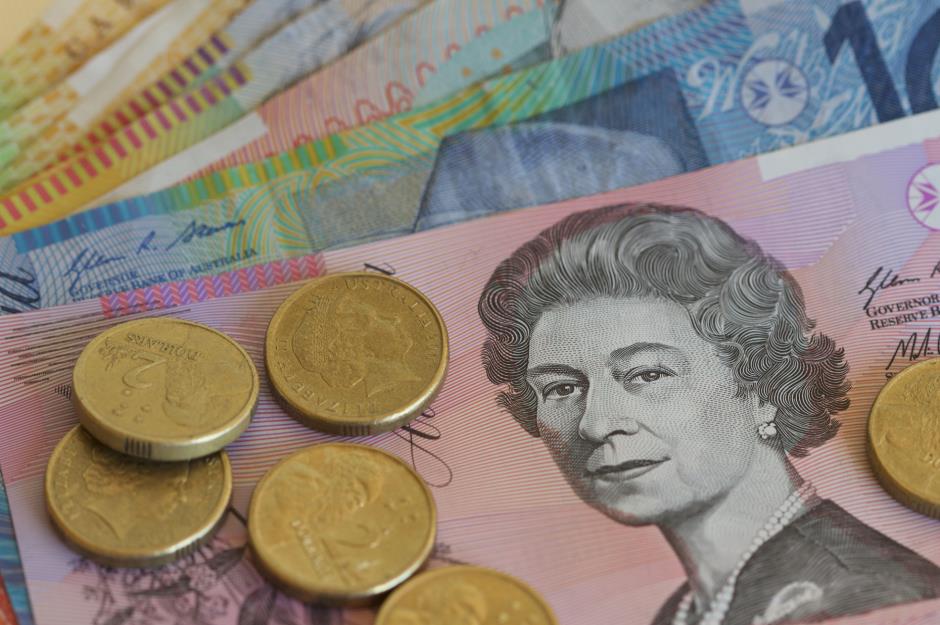
Michael Leslie/Shutterstock
The reigning British monarch has appeared on more coins and banknotes than any other person and has featured on the currencies of more than 30 countries.
Living people are banned from appearing on US coins or banknotes
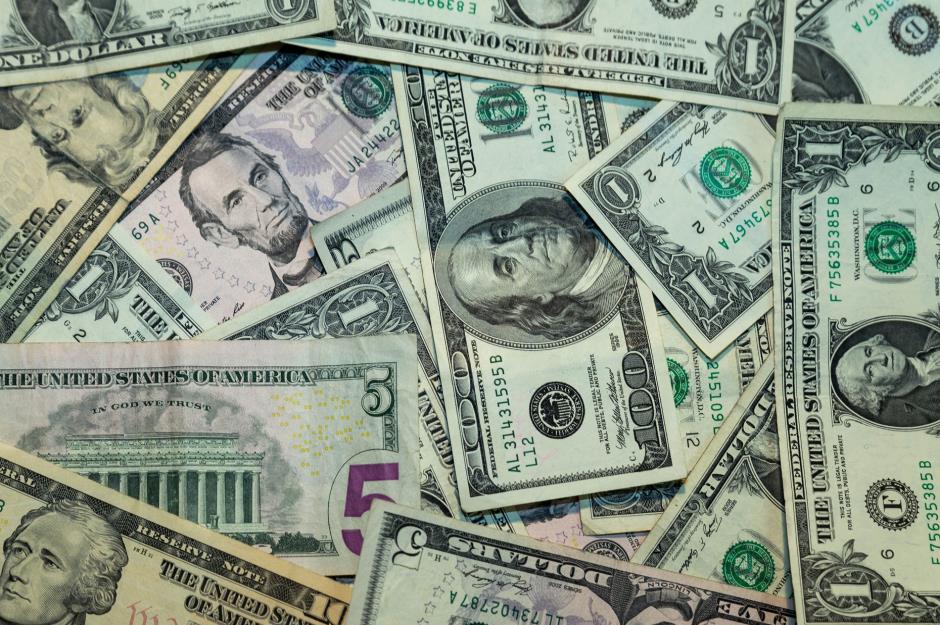
Damian Pankowiec/Shutterstock
Don't expect an Obama $10 bill or Trump dime any time soon. Legislation enacted in the 18th century forbids depictions of living people on US currency.
A massive $2.27 trillion (£1.92trn) is currently in circulation worldwide
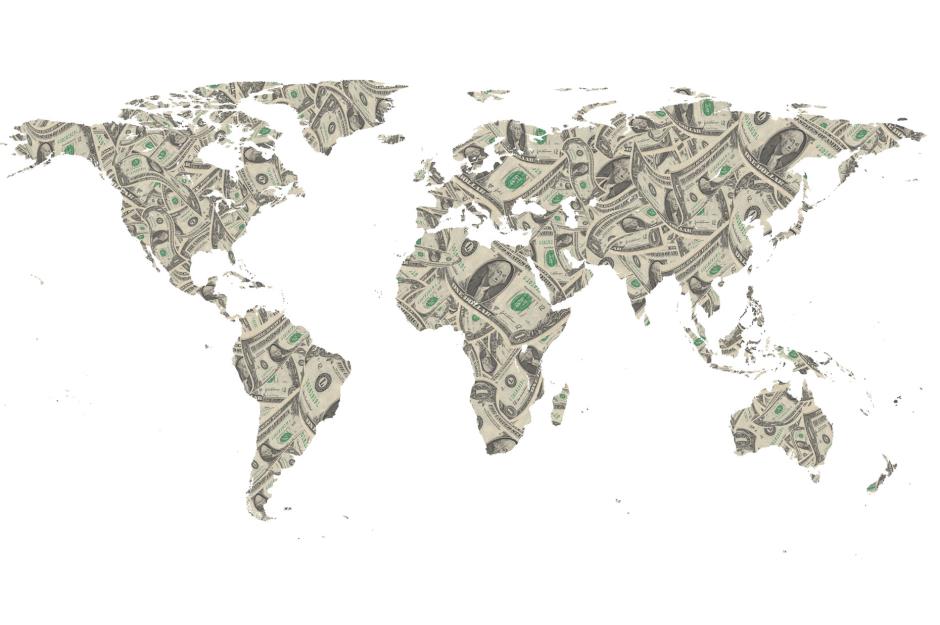
Sezer66/Shutterstock
According to the latest Federal Reserve figures, a colossal $2.27 trillion (£1.92trn) is currently in circulation, but as many as 60% of dollar banknotes are held outside the US.
The world's least valuable coin is worth next to nothing

Vladimir Wrangel/Shutterstock
Think the penny in your pocket isn't worth very much? Uzbekistan's tiyin is worth around 2,400 times less than a US one cent coin and is 3,000 times less valuable than a British penny.
Non-physical money is worth $1.3 quadrillion (£1.1qdn)
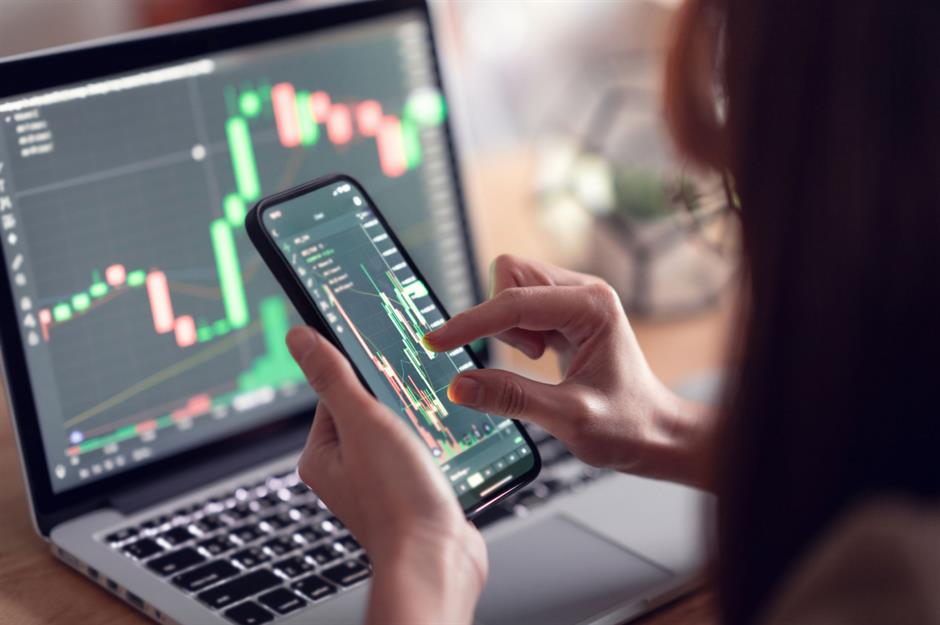
oatawa/shutterstock
The total worth of non-physical currency in the world, including derivatives, investments and cryptocurrencies is a mind-boggling $1.3 quadrillion (1.1qdn). If you write that figure down, it looks like this: $1,300,000,000,000,000. Bitcoin, the best-known cryptocurrency, still only accounts for less than 1% of the world’s money though.
The first Bitcoin purchase was for pizza

rafapress/Shutterstock
May 22. 2010, Florida Man Laszlo Hanyecz bought two Papa John's pizzas for 10,000 BTC. The transaction became known as the first ever official use of BTC in a commercial transaction with an actual company.
A spin in the microwave makes notes work again
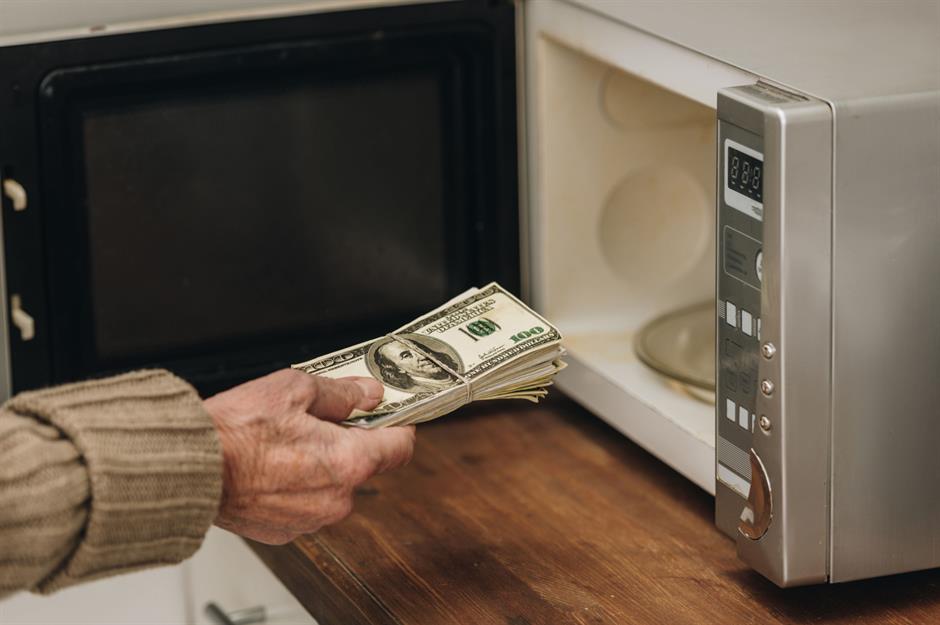
LightField Studios/Shutterstock
It's estimated that it takes up to 4,000 double folds to tear a dollar bill, but if your note keeps getting rejected by a vending machine for no apparent reason, popping it in the microwave for 20 seconds is said to crisp notes up and revitalise their spending power.
Damaged notes are still valuable
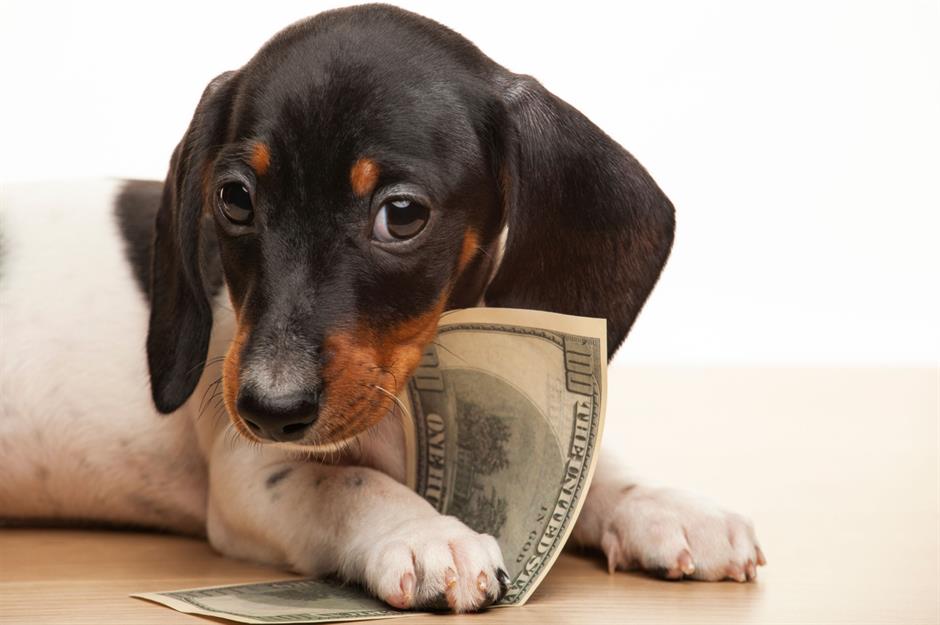
Don't throw that mangled note away just yet! If your puppy has chewed your wallet or you've accidentally put a bank note through the wash, it might not be gone for good. Most US banks will take damaged bank notes in and replace them, as long as over half the original note is visible and it doesn't take special examination to work out the value. In the UK, you just send the note back to the Bank of England with a special form.
Somebody once sued over "In God We Trust"
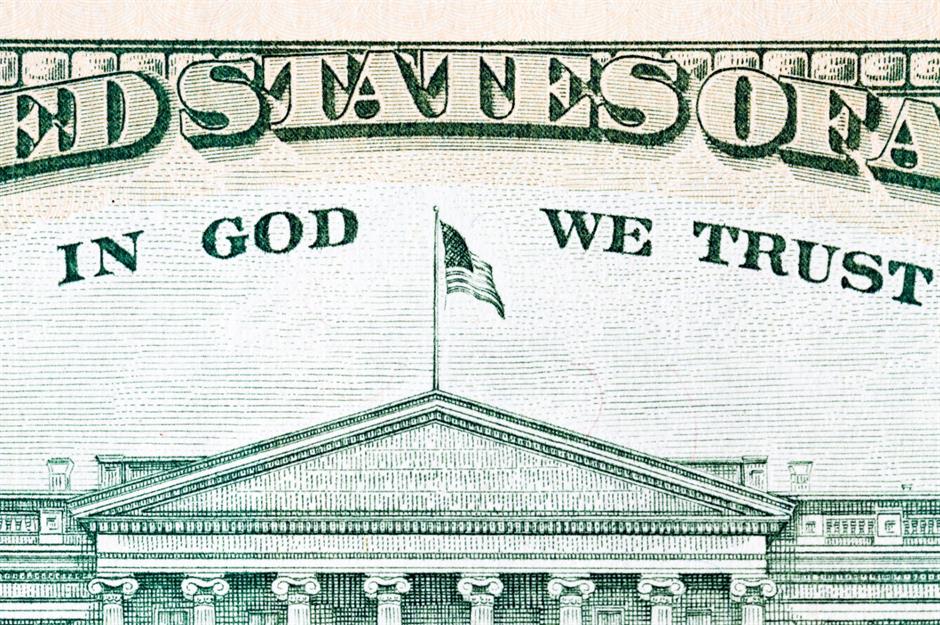
rsooll/Shutterstock
The motto “In God We Trust” first appeared on US coins in 1864, and in time, someone was bound to object to it. In 2017, Kenneth Mayle (who calls himself a satanist) filed a federal lawsuit claiming that the saying contained an 'implicit religious message' and that it violated his rights as a satanist. After the judge threw the case out, Mayle appealed. He lost the appeal, too.
Comments
Be the first to comment
Do you want to comment on this article? You need to be signed in for this feature
Most Popular
Features How Michael Jackson's children boost their bank balances